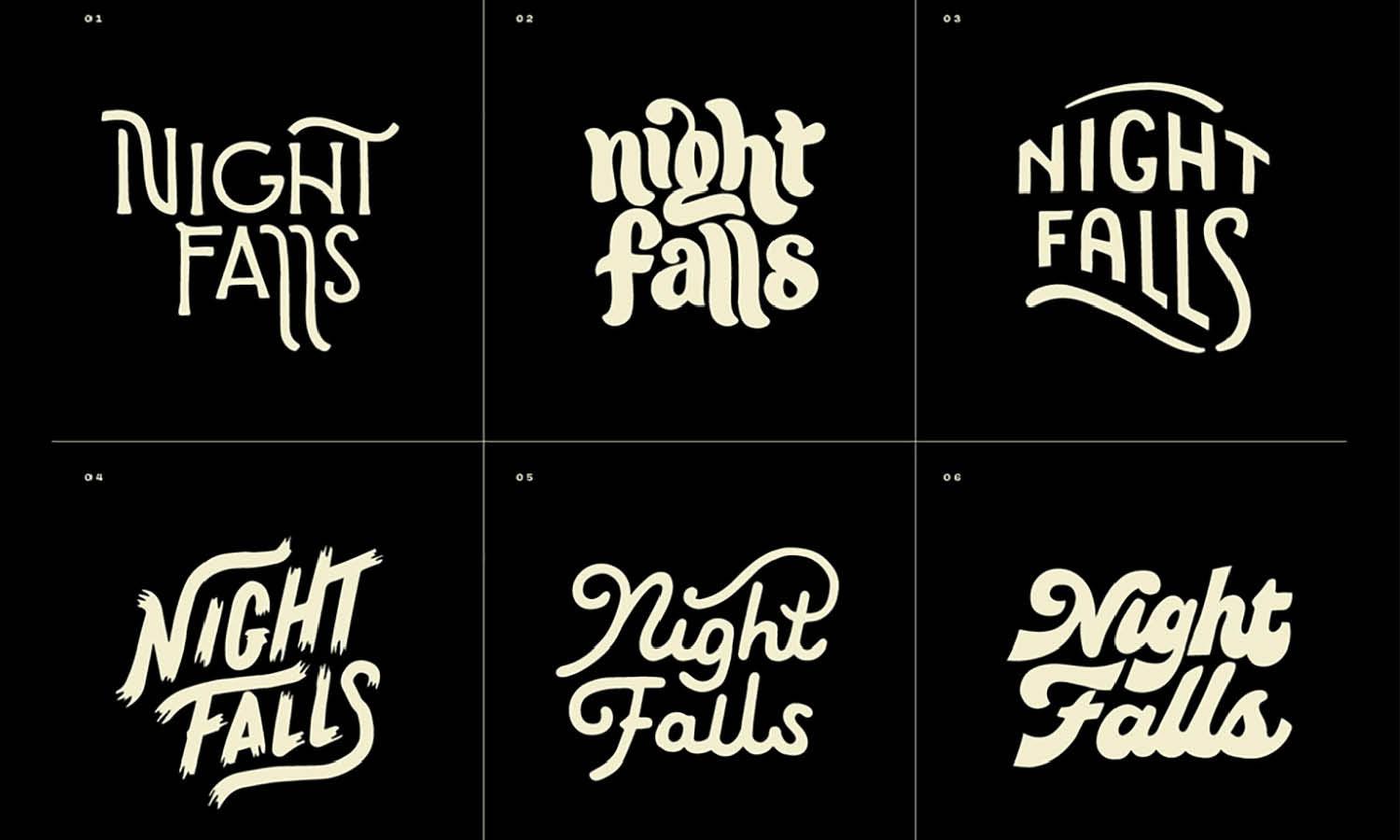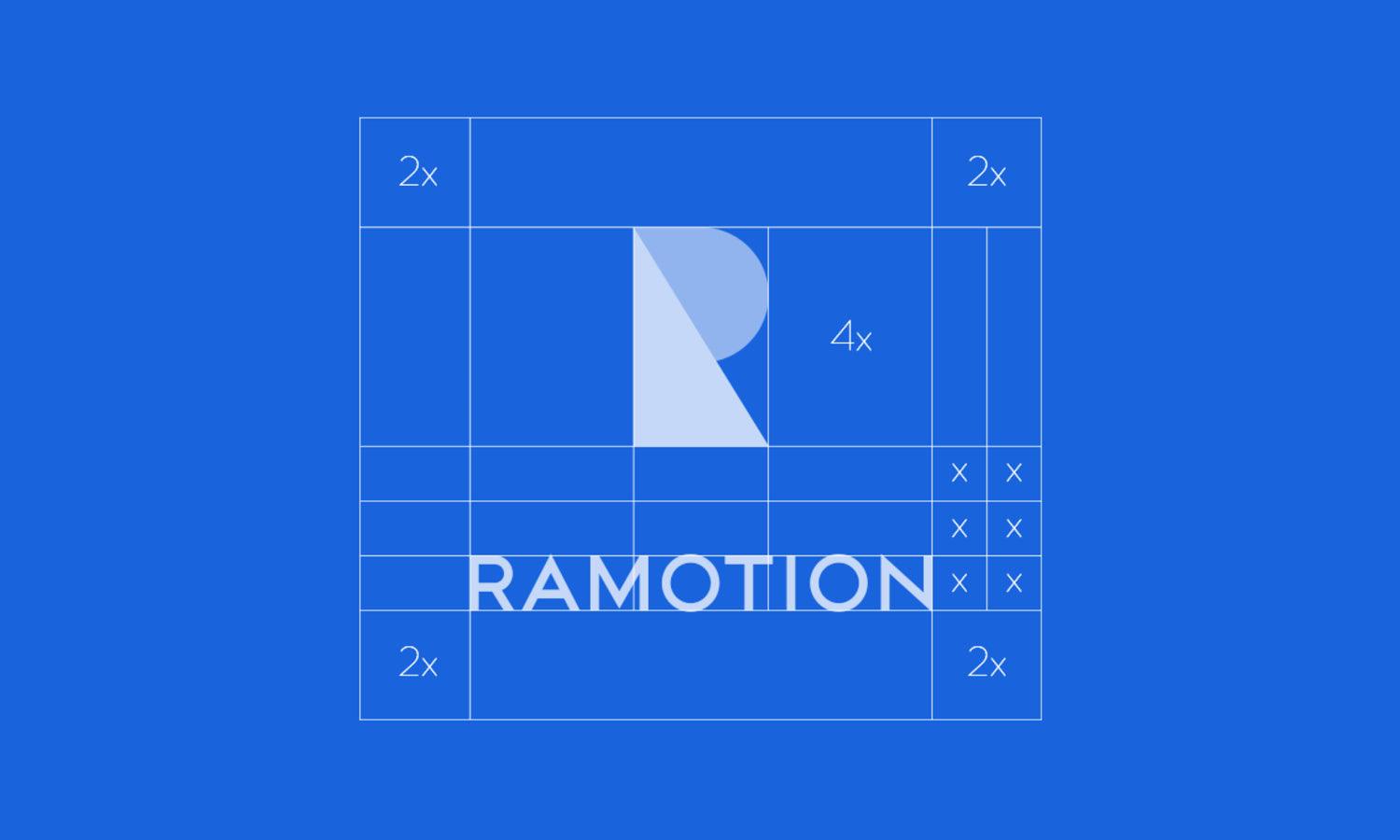How to Present and Communicate Your Logo Design

Source: Mehdi Bagheri, Imontave Brand Book: Brand Guideline, Dribbble, https://dribbble.com/shots/19054991-Imontave-brand-book-brand-guideline
Presenting a logo design effectively is crucial in conveying the strategic thought and creative insight that went into its development. As a designer, your ability to communicate the essence and functionality of your design can significantly impact its acceptance and success. This process is not just about showing a finished product; it's about telling a story that aligns with the client's vision and the brand’s identity.
When introducing a new logo to a client or a team, it's essential to prepare thoroughly. You need to articulate clearly why each element of your design was chosen and how it relates to the broader brand strategy. The presentation should not only highlight the aesthetic aspects of the design but also its practical applicability across various mediums. Whether it’s through a detailed discussion, visual aids, or comparative analysis, your presentation must address how the logo will work in real-world applications.
In this guide, we'll explore effective strategies to present your logo designs, ensuring you communicate your ideas clearly and your designs are received with the understanding they deserve. By mastering these presentation skills, you can enhance your professionalism and increase the likelihood of your designs being appreciated and approved.
Understand Your Audience
When preparing to present a logo design, understanding your audience is paramount. The effectiveness of your presentation hinges on how well you tailor your communication to the stakeholders’ perspectives, whether they are clients, marketing teams, or company executives. Start by researching the industry context and the specific preferences or expectations of the group you're addressing. For instance, a tech startup might favor a more modern and innovative design, whereas a traditional law firm may prefer something more conservative and established.
Consider the decision-makers’ level of design knowledge. Some clients might be more visually literate and appreciate a discussion about typography and color theory, while others may require more basic explanations and a focus on the logo’s practical implications. Adjust your language and the details you focus on accordingly.
By anticipating questions and preparing clear, concise responses, you can build confidence and trust. Show empathy by acknowledging their needs and concerns, and align your presentation to highlight how the logo addresses these aspects. Understanding your audience not only helps in making your presentation more persuasive but also ensures that your logo design is seen as a thoughtful and integral part of the brand’s growth strategy.
Clarify the Brief
Before diving into the specifics of your logo design, it’s crucial to revisit and clarify the design brief in your presentation. This step ensures that everyone in the room understands the objectives and expectations that guided your creative process. Begin by summarizing the key points of the brief, highlighting the brand's vision, target market, and the core values it wants to communicate.
Discuss how these elements influenced your design choices. For instance, if the brief emphasized modernity and innovation, explain how your design choices, such as a minimalist style or a forward-thinking color palette, align with these attributes. This approach not only shows your attention to detail but also reinforces the relevance of your design to the brand’s goals.
Be prepared to answer questions about any deviations from the brief. Sometimes, creative insights gained during the design process can lead to choices that slightly stray from the initial expectations but offer better branding solutions. Justify these decisions with rational explanations and how they better serve the brand’s interests.
This step in your presentation not only sets the stage for unveiling the logo but also positions you as a strategic partner who enhances the brand’s narrative through design. By clearly aligning your design with the brief’s objectives, you ensure that the stakeholders understand the rationale behind your creative decisions, paving the way for a smoother approval process.
Showcase Concept Development
A key aspect of presenting a logo design is to illustrate the evolution of your concept. This step not only demonstrates your creative process but also helps stakeholders understand the depth of thought and experimentation involved in reaching the final design. Start by displaying early sketches and preliminary concepts. This visual progression can show how initial ideas were refined and transformed through various iterations.
Discuss the different paths you explored, including those that were eventually discarded. Explain the reasoning behind each significant decision during the design process. For instance, if you chose to simplify a complex symbol, clarify how this decision enhances brand recognition or reflects the company’s ethos more effectively.
Highlight feedback loops and how input from the client or team members shaped the outcome. This collaborative aspect can reassure stakeholders of their influence on the process and the alignment of the design with their vision.

Source: Erdem Tonyali, Hop Scooter: Brand Guideline, Dribbble, https://dribbble.com/shots/18074622-Hop-Scooter-Brand-Guideline
Use Visual Aids
Visual aids are indispensable when presenting a logo design. They enhance understanding and engagement, providing a tangible context for your creative choices. Start with high-resolution images of the logo in various applications, such as on business cards, letterheads, or digital platforms. This helps the audience visualize the logo in use and appreciate its versatility.
Include mock-ups or digital simulations to demonstrate how the logo appears in different environments, like outdoor signage or mobile screens. Such representations can highlight the logo’s adaptability and impact across diverse mediums.
Utilize comparison slides to show before and after scenarios if you’re redesigning an existing logo. This comparison can effectively communicate the improvements and modernization your design brings to the brand.
Also, consider incorporating a video or animated sequence that shows the logo evolving from its initial sketches to the final form. Such dynamic presentations can captivate your audience and make a memorable impression.
Employing these visual tools not only makes your presentation more engaging but also substantiates the practicality and aesthetic appeal of your design, making it easier for stakeholders to evaluate and ultimately embrace the new logo.
Explain Symbolism and Color Choices
In presenting your logo design, explaining the symbolism and color choices is crucial for conveying the depth and strategic intent behind your work. Each element in a logo is not just aesthetic; it serves to communicate aspects of the brand’s identity and values. Start by detailing the symbols used in the logo. For instance, if you included an oak tree, explain that it symbolizes strength and endurance, qualities the brand wishes to communicate.
Discuss the psychology of the colors you have chosen. Different colors evoke different emotions and associations. For example, blue often represents trust and dependability, which might be why you selected it for a financial services firm. Explain how the color choices not only complement the design aesthetically but also reinforce the brand's message.
If applicable, mention any cultural considerations in your symbolism and color choices, especially if the brand operates in diverse markets. This shows your sensitivity to different demographics and enhances the brand's global appeal.
By thoroughly explaining these elements, you help stakeholders understand the rationale behind your design decisions, making it easier for them to appreciate the logo's potential impact on their brand’s image.
Demonstrate Versatility
A key aspect of any successful logo design is its versatility. During your presentation, it’s important to demonstrate how the logo functions across various mediums and scales. Begin by showing the logo in different sizes, from something as small as a favicon for a website to as large as a billboard advertisement. This illustrates the logo's legibility and impact when scaled.
Next, present the logo on different backgrounds to showcase its adaptability. Display it on light and dark backgrounds, and patterns if relevant, to ensure it maintains its integrity and visibility regardless of placement. This is crucial for applications in both digital and physical formats.
Additionally, consider showing the logo in different formats, such as monochrome, full color, and two-tone. This flexibility is particularly important for practical applications, such as merchandise, corporate gifts, or any promotional material where color limitations might apply.
By demonstrating the logo’s versatility, you reassure stakeholders of the design's utility in diverse applications, highlighting its potential to consistently represent the brand across various platforms. This builds confidence in the logo's ability to meet current and future branding needs.
Provide Technical Details
In presenting your logo design, it's essential to discuss the technical details that contribute to its functionality and adaptability. Start by explaining the typefaces used in the logo. Describe why you chose a particular font style—be it serif for tradition and reliability, or sans-serif for modernity and simplicity—and how it complements the overall design.
Next, delve into the specific spacing between elements, known as kerning and tracking, which ensures readability and visual harmony. Explain how these adjustments improve the logo's appearance, particularly in various sizes and formats.
Discuss the file formats you will provide, such as vector (AI, EPS) and raster (JPEG, PNG), and why each is important. For instance, vector files are crucial for scalability without loss of quality, essential for large format printing, while raster files are better suited for digital use.
Detail any color specifications, including CMYK for print and RGB for digital use, along with Pantone colors if applicable. This information is vital for maintaining color consistency across different media.
By covering these technical aspects, you convey a thorough understanding of both design principles and practical implementation, which instills confidence in your clients about the meticulousness of your work process.

Source: Outzy - Visual Identity Guidelines, Dribbble, https://dribbble.com/shots/22946287-Outzy-Visual-Identity-Guidelines
Highlight Unique Features
When presenting a logo design, it is crucial to emphasize its unique features that distinguish it from competitors and enhance brand identity. Point out any custom elements you've incorporated, such as a tailor-made font or a bespoke graphic, that cannot be found in off-the-shelf designs. This bespoke approach not only adds exclusivity but also aligns closely with the brand’s unique qualities and values.
Discuss innovative design techniques you employed, like the use of negative space to create visual interest or to convey dual meanings—think of the hidden arrow in the FedEx logo, which symbolizes speed and precision.
Highlight how the logo can be interactively used in digital environments. For instance, if the logo includes elements that can be animated or used in augmented reality experiences, these features can make the brand more memorable and engaging.
Also, consider discussing any sustainable or culturally thoughtful design practices you implemented. This could include the use of eco-friendly colors or design motifs that resonate deeply with the brand’s target demographic.
Use Comparative Analysis
Utilizing comparative analysis in your logo design presentation can significantly enhance understanding and appreciation of your design’s strengths and strategic alignment. Begin by comparing the new logo with the old one, if applicable. Highlight improvements such as increased legibility, modern aesthetics, and alignment with current brand values. This side-by-side comparison helps stakeholders see the evolution of the brand identity clearly.
You can also compare your design with those of competitors. Show how your logo stands out in terms of design, simplicity, and the ability to convey the brand message effectively. This comparative insight can illustrate how the new design positions the brand competitively in the market.
Incorporate examples that show how similar design elements have been successfully implemented by well-known brands. This not only validates your design choices but also demonstrates their effectiveness in real-world applications.
Discuss Application
Discussing the application of the logo during your presentation is crucial for demonstrating its functionality across different platforms and media. Explain how the logo will look on various marketing materials such as business cards, websites, and merchandise. Illustrate these applications with mock-ups to give a realistic preview of each implementation.
Consider the logo’s digital presence. Explain how it integrates with the brand’s digital marketing strategies, such as its visibility and impact on social media, mobile apps, and digital advertisements. Highlight any responsive design features, ensuring the logo maintains its integrity and effectiveness across devices.
Discuss the logo’s use in physical spaces, such as storefronts, signage, and corporate interiors. Explain how the design complements the architectural aesthetics and enhances the brand’s physical market presence.
By thoroughly covering the logo’s application, you reassure stakeholders of its versatility and effectiveness in supporting the brand’s identity across all touchpoints. This section helps to paint a comprehensive picture of how the logo will serve as a cornerstone of the brand’s visual identity.
Conclusion
Effectively presenting a logo design is as crucial as the design process itself. By clearly communicating your design choices, from concept development to practical applications, you ensure that stakeholders understand and appreciate the depth of your work. Utilizing visual aids, providing detailed explanations, and demonstrating the logo’s versatility are all pivotal in showcasing how the logo aligns with the brand’s identity and market positioning. Remember, a well-presented logo not only reflects your expertise as a designer but also enhances the overall perception and success of the brand it represents.
Let Us Know What You Think!
Every information you read here are written and curated by Kreafolk's team, carefully pieced together with our creative community in mind. Did you enjoy our contents? Leave a comment below and share your thoughts. Cheers to more creative articles and inspirations!















Leave a Comment